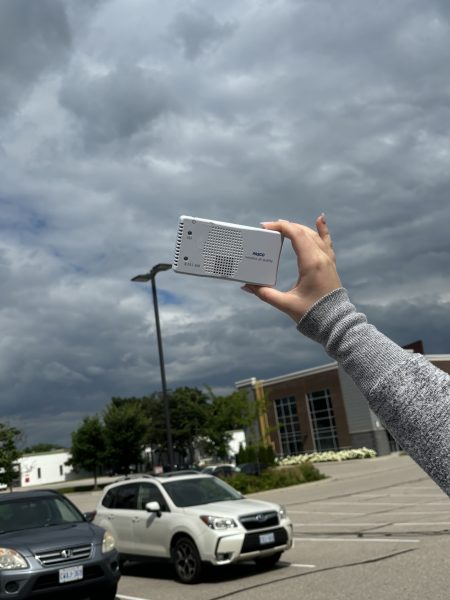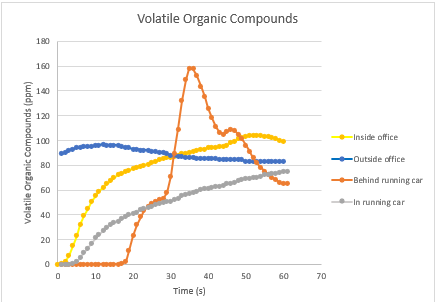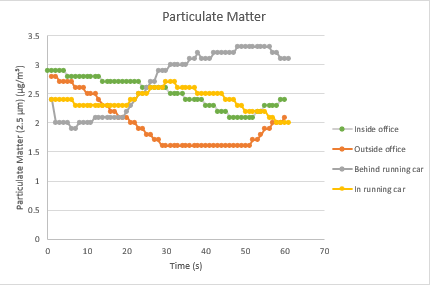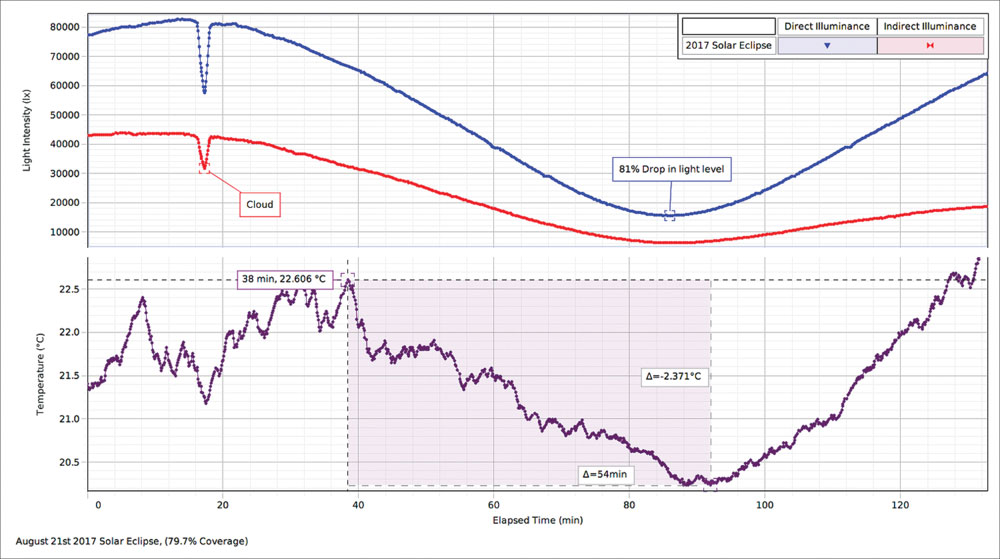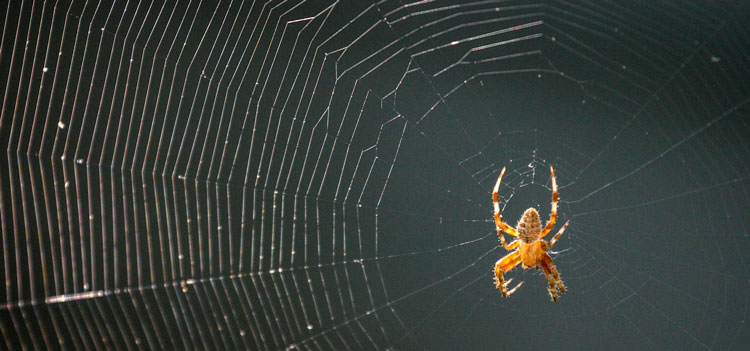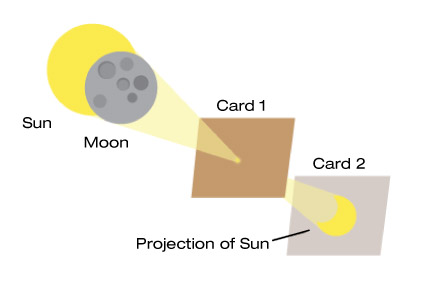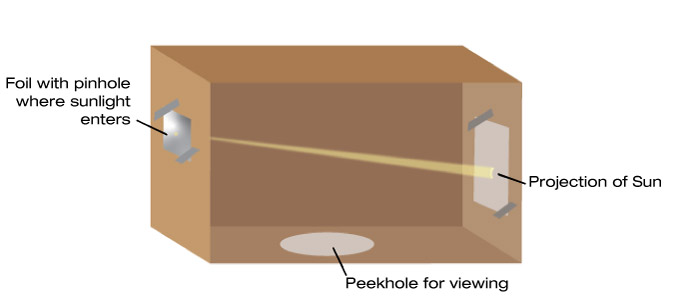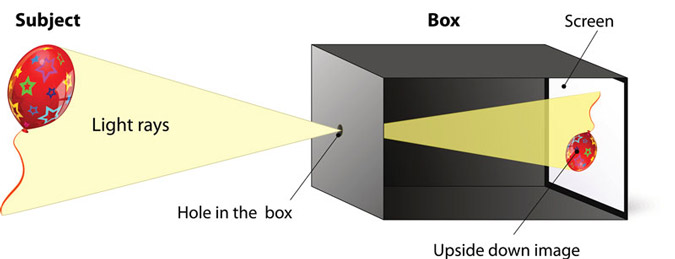How to Handle, Store, and Repair Microscope Slides
Carolina™ prepared microscope slides provide an essential component for the in-depth study of botany, zoology, histology, embryology, parasitology, genetics, and pathology. After receiving your slides, proper care will keep them in good condition and make them last as long as possible. In the following paragraphs, we’ll discuss the handling, storage, and repair of prepared slides.
Handling
Teach students proper slide handling and slides can be used year after year. Slides should be held by the edges, avoiding the cover glass area. Always begin viewing a slide using the microscope’s lowest magnification. This reduces the risk of contact by the microscope’s objective lens. Afterwards, switch to a higher magnification if needed.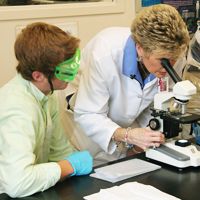
Keep the microscope’s objective lens and other objects from coming into contact with a slide. Pressure on the cover glass can cause it to break or loosen. When finished viewing, remove the slide from the microscope and place it in its storage container. Leaving the slide on the illuminated stage for extended periods of time can cause fading and other damage.
When slides get soiled, you can clean them with soapy water or isopropyl alcohol. Do not immerse slides in water or soak them in it. This loosens the cover glass adhesive, causing the cover glass to come off and possibly ruin the slide.
Storage
To keep your prepared microscope slides in good condition, always store them in a container made for the purpose and away from heat and bright light. The ideal storage area is a cool, dark location, such as a closed cabinet in a temperature-controlled room. Stained slides naturally fade over time. Keeping them in a cool, dark location helps slow down the process.
Slides should be kept horizontal (flat) with the specimen side up. If they are stored on edge, the cover glass or specimen may shift out of position. Take care not to stack slides on top of one another or apply pressure to the cover glass.
Repair
Common problems include a broken slide or cover glass, bubbles in the mounting agent, and specimens shifted to the edge of the cover glass. If a slide or cover glass is broken, dispose of it and replace it immediately to prevent anyone from being cut. The adhesive used to attach a cover glass to a slide is applied as a liquid. As the liquid dries, it only hardens around the edges of the cover glass. With rough handling this seal can crack or loosen, allowing the liquid to ooze out. You can fix a broken seal by applying a small amount of fresh mounting media to the break. Clear nail polish sometimes works if you don’t have any mounting media handy.
Most slide repairs require some amount of skill. Often it is easier and more cost effective to replace the slide rather than to repair it.

